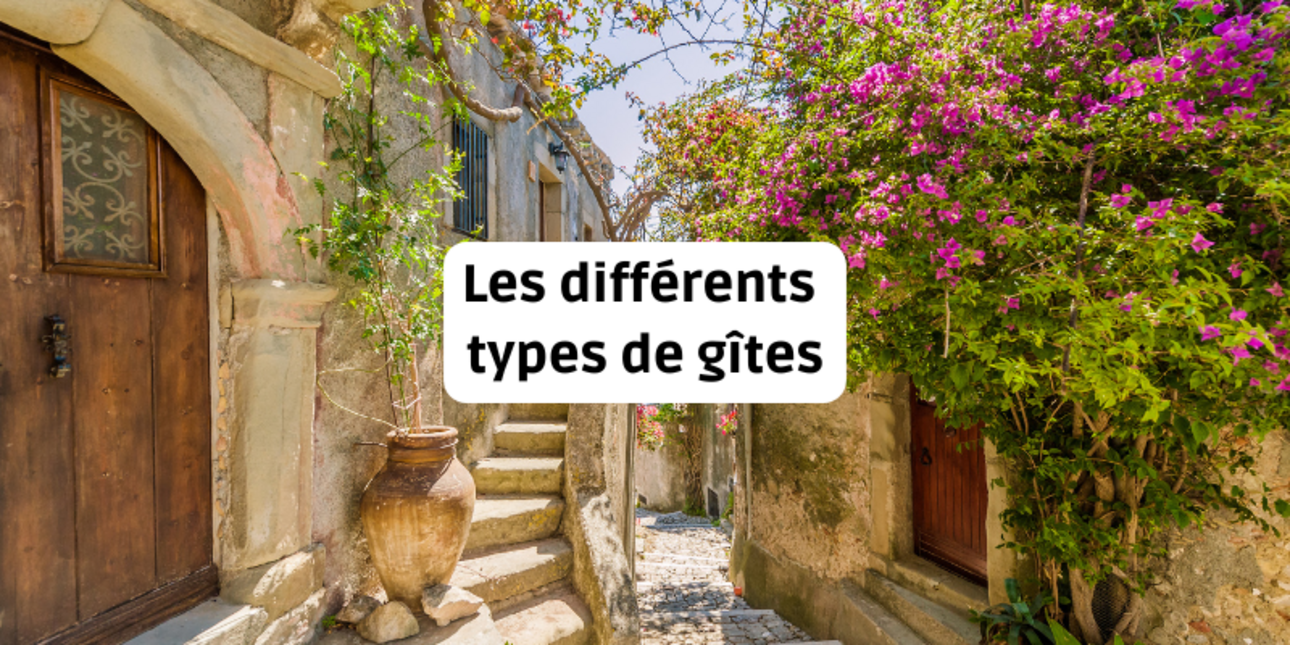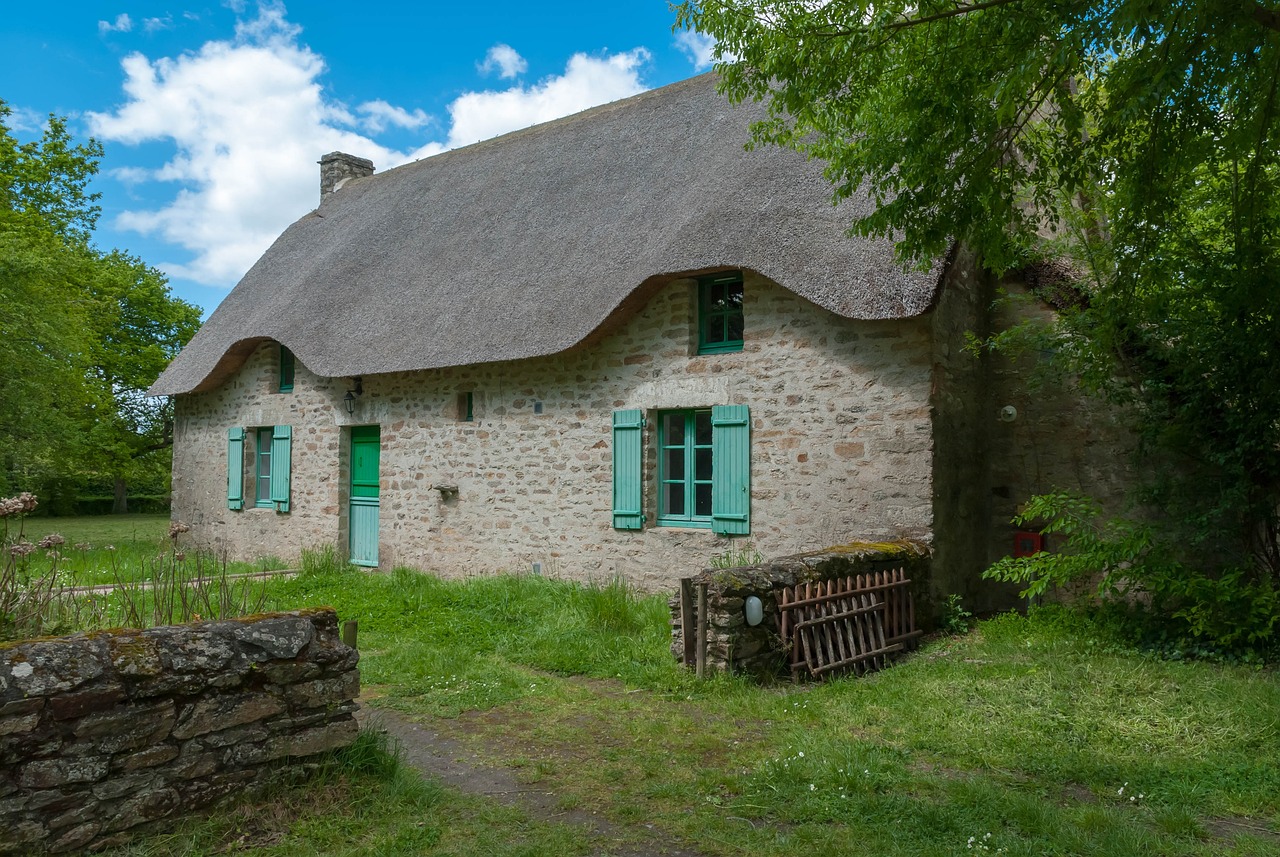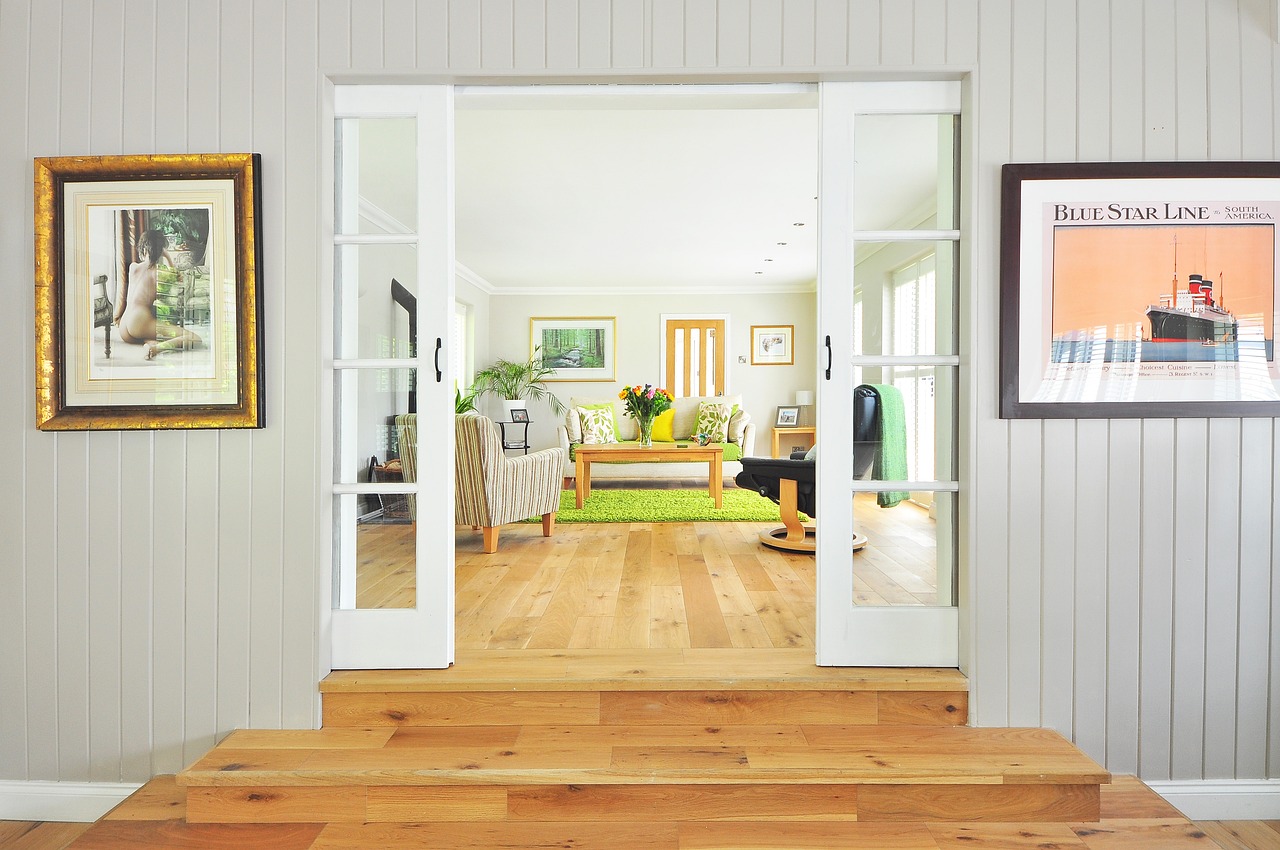
A gîte is a type of tourist accommodation very popular in France, offering travellers an authentic and comfortable experience. In this article, we'll explore the different categories of gites available for your holiday, their unique features and how to choose the one that best suits your needs.
Before diving into the different types of gîtes, it's important to understand exactly what a gîte is. A gîte is a furnished accommodation located in a rural or urban environment, that the owner rents out for temporary stays. These accommodations are designed to offer visitors an experience of local life, with all the facilities needed for an independent stay. Some gites may have a garden, private bathroom and fully equipped kitchen with appliances such as oven and dishwasher.
The gîte rural is probably the best-known and most widespread type of gîte. Located in the countryside, they offer visitors a total immersion in French rural life. These gîtes are often old farmhouses or renovated country houses, retaining their rustic charm while offering modern comforts. They generally have quality furnishings, a garden and peaceful surroundings for optimum relaxation.
As its name suggests, a seaside gîte is located on or near the coast. These gîtes are perfect for beach and water sports enthusiasts. They often offer ocean views or easy access to the beach, and are ideal for activities such as fishing, sailing or surfing. The location may include private outdoor areas and a spacious lounge for relaxing after a day by the sea.
Mountain gîtes are ideal for lovers of nature and winter or summer sports at altitude. They offer privileged access to ski slopes in winter and hiking trails in summer. Their architecture is adapted to the mountain climate, and the atmosphere is often warm and cosy, with facilities adapted to the climatic conditions and a peaceful environment.
A stopover gîte is designed to accommodate hikers and pilgrims for a short stay, usually one night. These gîtes are located along major hiking or pilgrimage routes. They offer simple, functional accommodation, with communal areas to encourage interaction between travellers, such as a common room and shared toilet facilities.
Group gîtes are large-capacity accommodation ideal for family reunions, company seminars or holidays with friends. They generally have large accommodation capacities, spacious communal areas and group-friendly facilities such as fully-equipped kitchens and comfortable bedrooms.
Specially designed to accommodate groups of children, children's gîtes are ideal for holiday camps and classes vertes. These gîtes are fitted out in a safe way for children, with play areas and activities, and often professional supervision available. The emphasis is on safety and comfort for the youngest guests.
For horse-riding enthusiasts, the equestrian gîte offers the possibility of staying with your horse or practising horse-riding on site. These gîtes have stables and paddocks for horses, as well as bridle paths nearby. The gîte can also offer equestrian management services and horse-friendly facilities.
In France, gîtes can be classified according to a system of "épis" (ears of corn), ranging from 1 to 5. This label, established by Gîtes de France, enables travellers to choose accommodation that meets their expectations in terms of comfort and facilities.
The number of "épis" (ears of corn) awarded to a gîte depends on a number of criteria, such as the quality of the environment and setting, the level of comfort and equipment, the interior decoration and fittings, and the services on offer. For example, a 4 épis gîte will generally offer a house of character or contemporary quality, with high-quality surroundings and decoration, top-of-the-range facilities such as a tumble dryer, hi-fi equipment, and sometimes even beds made up on arrival.
Choosing the ideal gîte for your holiday depends on a number of factors. Here are a few points to consider:
Here is a summary of the main types of gîtes:
Gites offer a variety of options for all types of traveller, whether you're looking for a peaceful country retreat, a mountain adventure or a seaside holiday.
By understanding the different types of gîtes available and the classification, you can choose the perfect accommodation for your next stay in France.
Don't forget to take into account your specific needs and make the most of the unique experience offered by this type of authentic and welcoming accommodation.